
Soil Health & Fertilization
We unite suppliers and green industry professionals worldwide
Meet the Umbrella Pine (Sciadopitys verticillata), a very fascinating and ancient tree that stands apart from almost everything else you might grow.
By Victor Miller
|Published on June 18, 2025
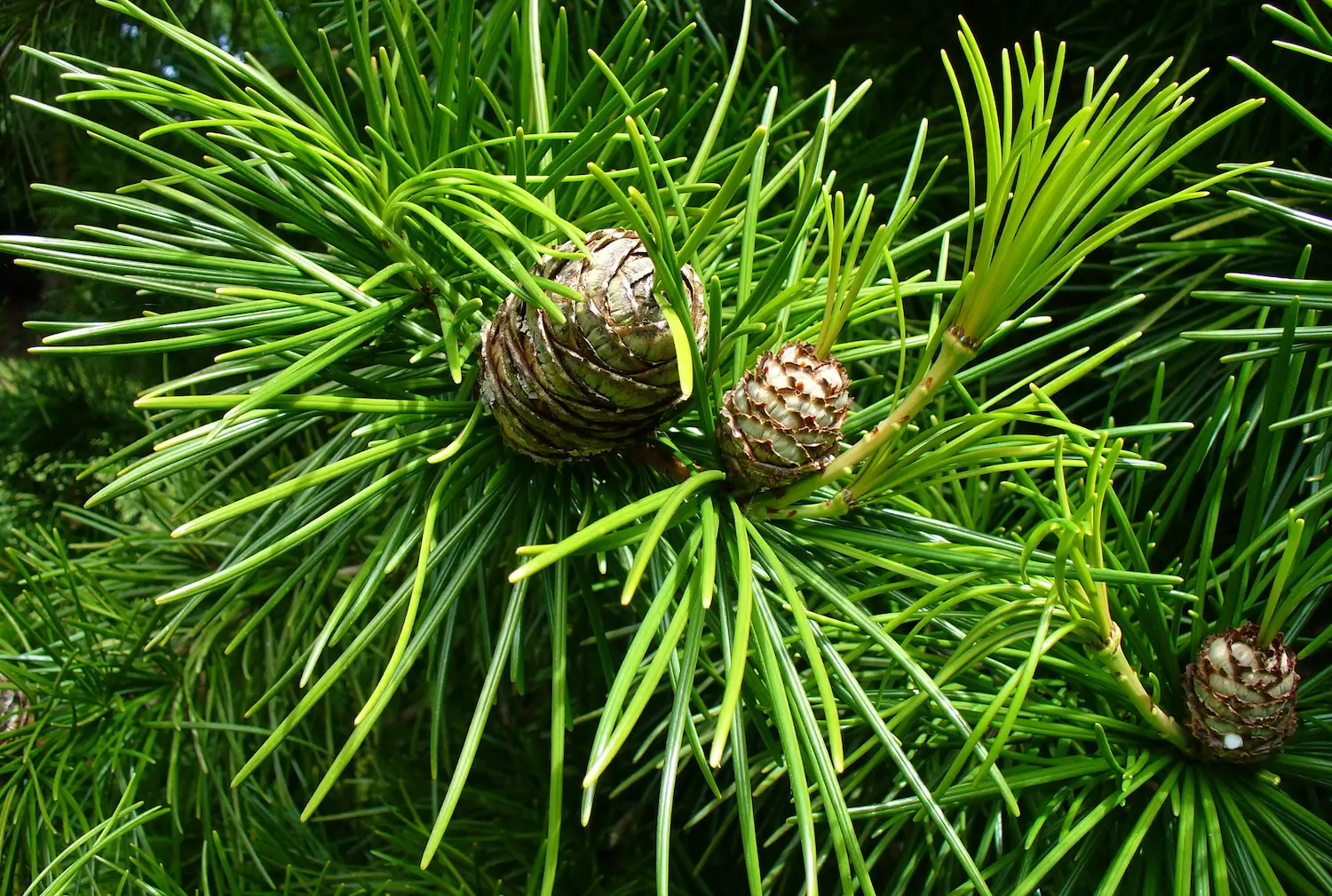

"Ever wonder what a tree from the time of the dinosaurs would look like in your garden?"
Meet the Umbrella Pine (Sciadopitys verticillata), a very fascinating and ancient tree that stands apart from almost everything else you might grow. Despite the name, it is not actually a pine. Native exclusively to Japan, the Umbrella Pine gets its common name from the way its long, slender needles radiate outward in a circular cluster at the ends of branches—much like the ribs of an open umbrella.
Surviving for millions of years as if unchanged, the Umbrella Pine is prized these days for its elegant structure, evergreen needles and bold architectural presence in gardens. Planting one is like adding a piece of time-honored, living history to your landscape.
| Botanical Name | Sciadopitys verticillata |
| Common Name | Umbrella Pine |
| Type | Evergreen conifer |
| Height | 30–40 feet (Slow-growing) |
| Sunlight | Full sun to partial shade |
| Soil | Acidic, rich, moist, well-drained |
| Water Needs | Moderate |
| Hardiness Zones | 5–8 |
| Maturity | Very slow; decades |

September 25, 2025
9 minute read
September 24, 2025
9 minute read
September 23, 2025
10 minute read
September 22, 2025
9 minute read


Join as a seller and connect with thousands of B2B buyers nationwide!
Sign Up
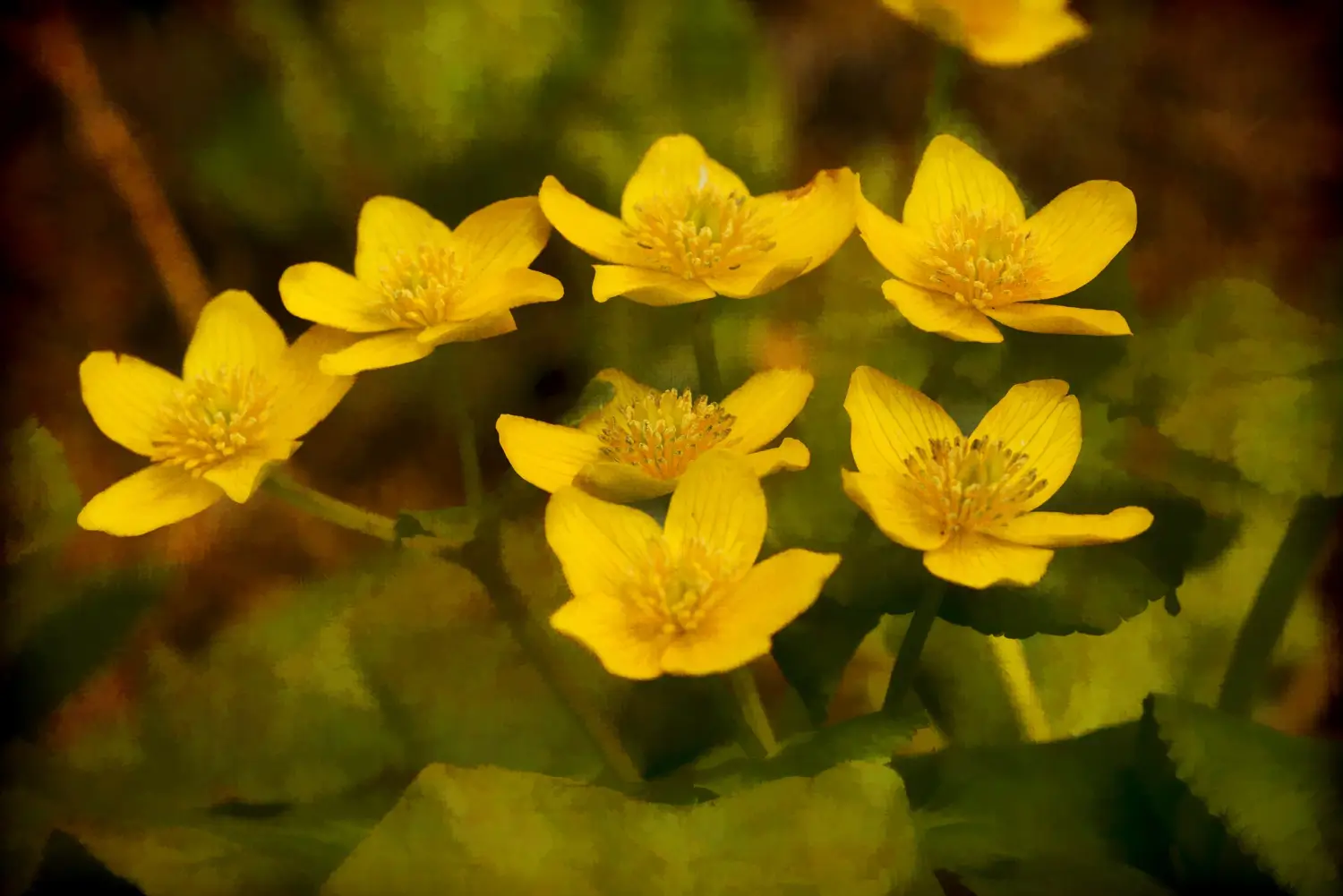
Sagebrush Buttercup
That’s the quiet beauty of the Sagebrush Buttercup (Ranunculus glaberrimus). As delicate as it looks, this little perennial is tough, adapted to the rugged rhythms of high desert life.
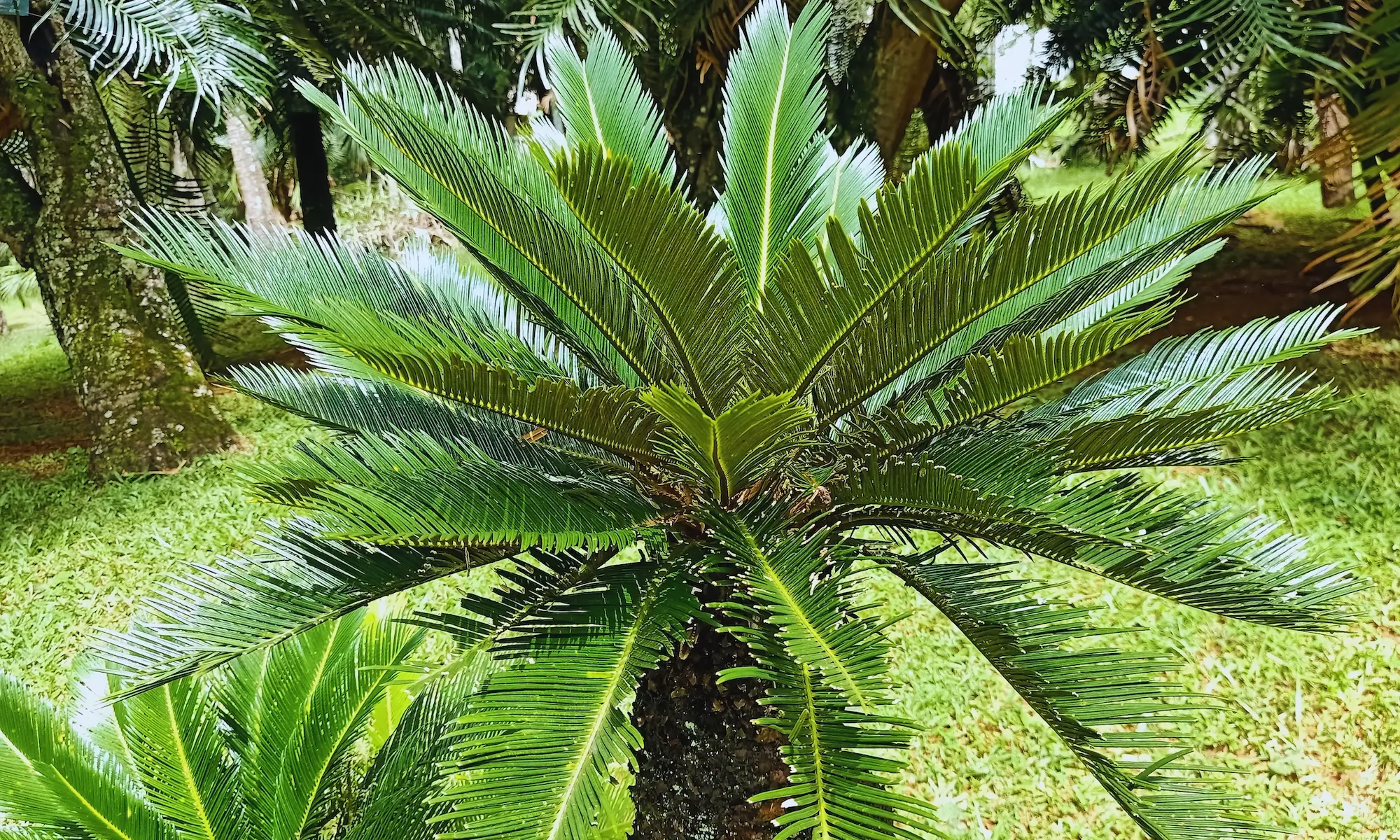
Sago Palm
Meet the Sago Palm — a prehistoric wonder that adds dramatic, architectural interest to any space
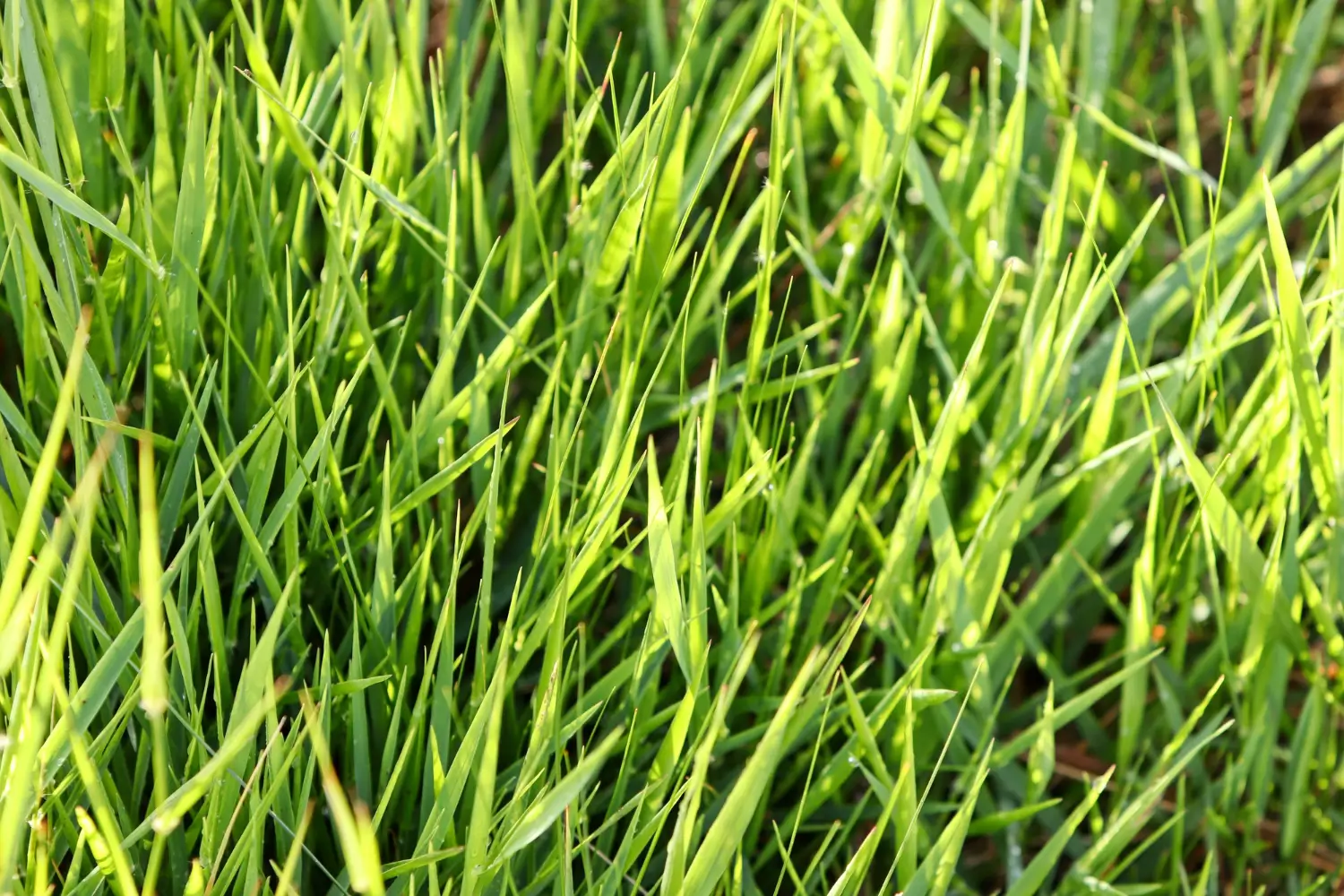
Tall Fescue Grass
If you're in search of a tough grass that remains green for longer and possesses better heat tolerance than any other cool-season variety, then Tall Fescue Grass could be the perfect solution for your lawn.
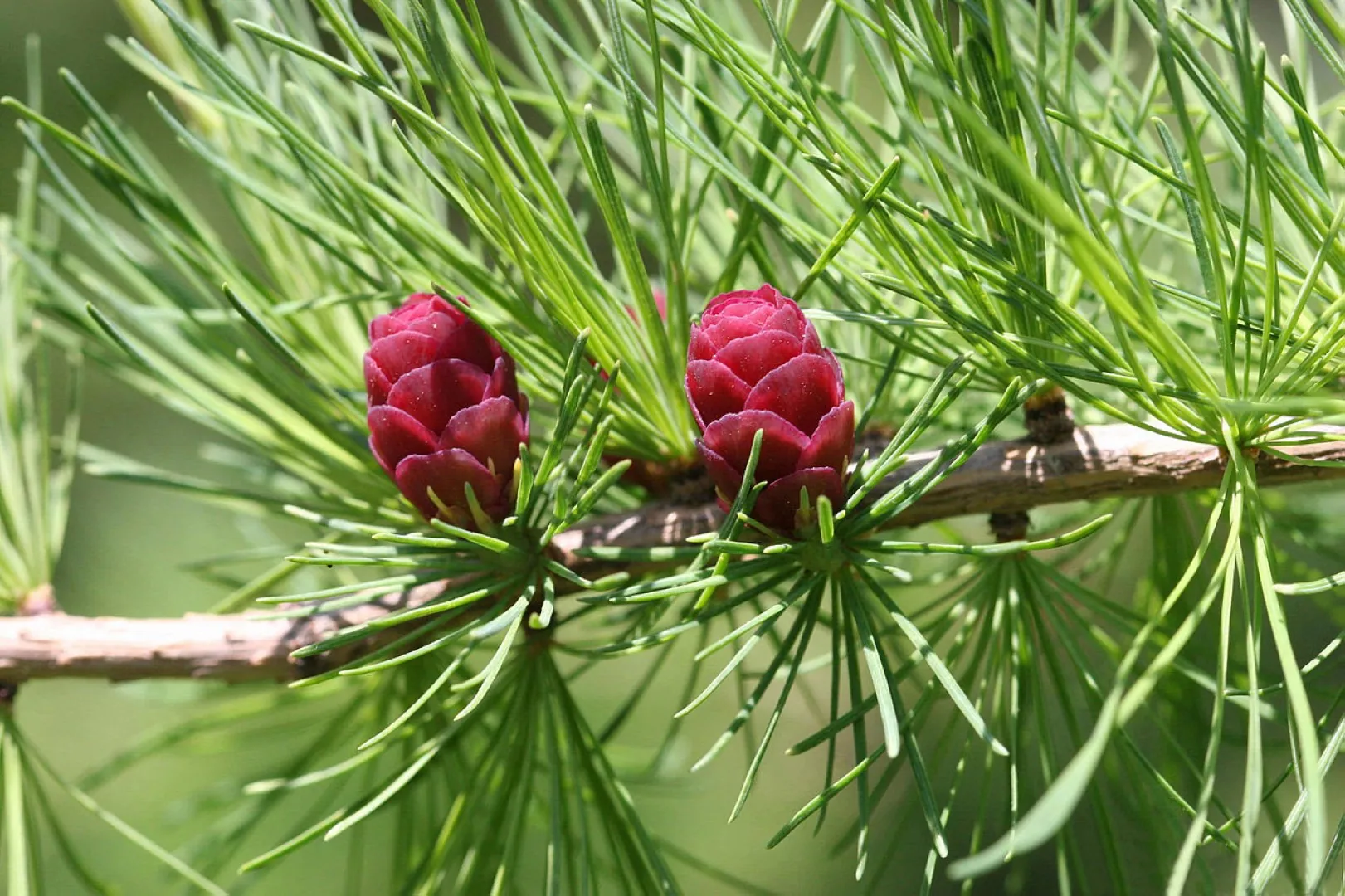
Tamarack
Unlike its evergreen relatives, Tamarack is a deciduous conifer that loses its soft, green needles each fall by ending the season in a radiant display of golden yellow
Umbrella Pines are easy to grow once established, but they require patience – they are very slow growing trees, often growing only 6 to 12 inches per year. They are at home in cool, damp situations and young trees appreciate shelter from the heat of the afternoon sun.
Plant your Umbrella Pine where it can shine as a specimen tree. Keep the soil evenly moist, but ensure it drains well. Once it established itself, refrain from transplanting, as it hates it. Minimal pruning and regularly watering during dry periods will be rewarded with a slowly maturing beautiful specimen.
Umbrella Pines are best grown in full sun, but in hot climates they’ll appreciate some afternoon shade to shield their tender needles. Aim for a minimum of 6 hours of direct light per day. Too much shade will result in reduced foliage and spindly, leggy growth over time. Just a bright, open spot that avoids harsh, drying winds will suit it perfectly.
Umbrella Pines prefer rich, moist and acid soil (pH 5.0–6.5). They require good drainage to avoid root rot but like a steady supply of moisture.
Amend heavy soils with compost, sand, or fine bark to improve structure. Avoid soils that are alkaline or very compacted as these will be detrimental to growth and cause the needle foliage to yellow.
Umbrella Pines likes a consistent, moderate moisture, especially in a hot, dry summer and the first few years following planting. Keep the soil evenly moist but not soggy - standing water can quickly lead to root problems. Water deeply when the top inch of soil is dry. In the fall, gradually reduce watering to assist the tree in hardening off for winter. Never let the roots dry out completely, particularly during the first year while the plant is getting established.
Pruning Umbrella Pine allows you to keep it looking neat and in a more or less well-balanced form. Here’s how to do it right:
Propagation of Umbrella Pine is slow and tricky, but possible. Here are the options:
Umbrella Pines can be container-grown while young, but plan ahead for their slow growth:
Umbrella Pines are hardy to USDA zone 5, though young trees appreciate extra protection during their first several winters. Mulch the root zone deeply with shredded bark or leaves to protect against temperature fluctuations. Shield your container-grown trees from harsh winter winds by moving them to a protective place or insulating plants with straw or burlap.
Umbrella Pines are gymnosperms, so they don’t flower like most trees. Instead, they have male and female cones that are small and reddish-brown. These cones are small and subtle, though interesting, and enhance the tree’s prehistoric, otherworldly appeal. The cones take about two years to mature and release seeds.
In general, Umbrella Pines are hardy and relatively pest-free, but there are a few problems that may occur:
Growing an Umbrella Pine is like stewarding a living fossil, a tree that carries the grace of millions of years into your modern garden. With its elegant whorled needles and slow, steady growth, it rewards patient gardeners with unique beauty and a story few other plants can tell.
Give it a place with well-draining soil, good light and regular moisture — and you'll be enjoying the show from this ancient wonder for generations to come.
Because the long, whorled needles radiate outward from branch tips like the spokes of an open umbrella - a unique and beautiful feature
Well cared for, Umbrella Pines can live for several centuries!
No — despite its name, it comes from an entirely different ancient lineage and is the only species in its family, Sciadopityaceae.
Not recommended long-term. Umbrella Pines require outdoor conditions—full light, seasonal temperatures, and plenty of space.

Soil Health & Fertilization
Victor Miller

Pest Identification & Prevention
Victor Miller

Lawn Care Tips & Maintenance
Victor Miller

Soil Health & Fertilization
Victor Miller

Smart Irrigation Systems
Victor Miller

Patios, Walkways & Driveways
Victor Miller

Soil Health & Fertilization
Victor Miller

Pest Identification & Prevention
Victor Miller
My Account
Our team is always here to help.
We are open Monday - Friday, 9:00 AM to 4:30 PM PST.